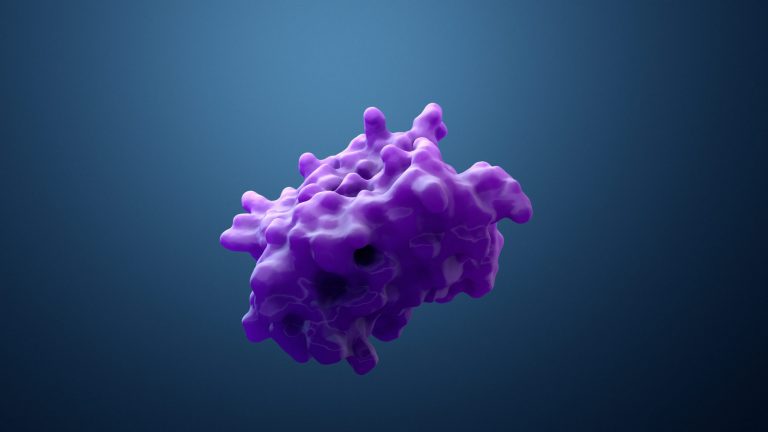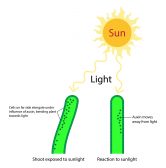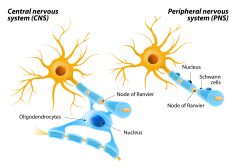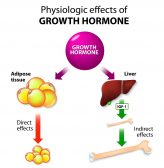Protein Variety

Protein (illustration)
The sequence of amino acids determines which type of protein it is. It is synthesized from a DNA strand, each DNA strand involved in protein synthesis is responsible for producing a unique protein.
Types of Protein
Over time and diversity of organisms, a huge amount of proteins exist and perform a unique function in the body. Primarily, there are three types of protein
- Fibrous Proteins – These fiber-like proteins are used for structural purposes in organisms. This is because fibrous proteins are arranged in long strands and are insoluble in water. Examples of use include providing a barrier in the cell wall of plants and myosin in skeletal muscle
- Globular Proteins – The polypeptide chains (protein chains) in globular proteins are folded together into a knot like shape essential in the fact that are present in the following1. Enzymes – Biological catalysts, enzymes are responsible for speeding up reactions in an organism
2. Hormones – Hormones are chemical messengers responsible for initializing a response in organisms. Some hormones have a regulatory effect, explained in later chapters in the tutorial
3. Antibodies – Antibodies are used to defend the body against foreign agents e.g. bacteria, fungi, and viruses. The next page investigates these.
4. Structural Protein – Globular proteins form part of the cell membrane, which has a structural role as well as a role in transporting ions in and out of the cell. - Conjugated Proteins – Conjugated proteins are essentially globular proteins that possess non-living substances, such as the haem found in hemoglobin, which possesses iron (a non-living substance)
Therefore proteins play a vital role in many of an organism’s biological processes and their organs. The next tutorial investigates cell defense against foreign agents, where proteins are playing their role in the form of antibodies…
You will also like...

Origins of Life on Earth
Earth was created around 4.5 billion years ago and life began not long after. Primitive life likely possessed the elemen..

Plant Auxins – Phototropism & Geotropism
Plants produce hormones to regulate their growth. Auxins, for instance, influence plant growth. Know the role of auxin i..

Growth and Development of a Human Baby
Upon fertilization, a zygote forms and develops into an embryo. This tutorial elaborates on the growth and development f..

Sugar Homeostasis
The blood sugar level is regulated by two hormones. The mechanism behind this type of negative feedback control is descr..

The Central Nervous System
Myelin sheath is essential for a faster conductivity of signals. Know more about this feature of some neurons in the Cen..

Animal Growth Hormones
Hormones are produced in the endocrine glands of animals. The pituitary gland and hypothalamus are the most impor..
